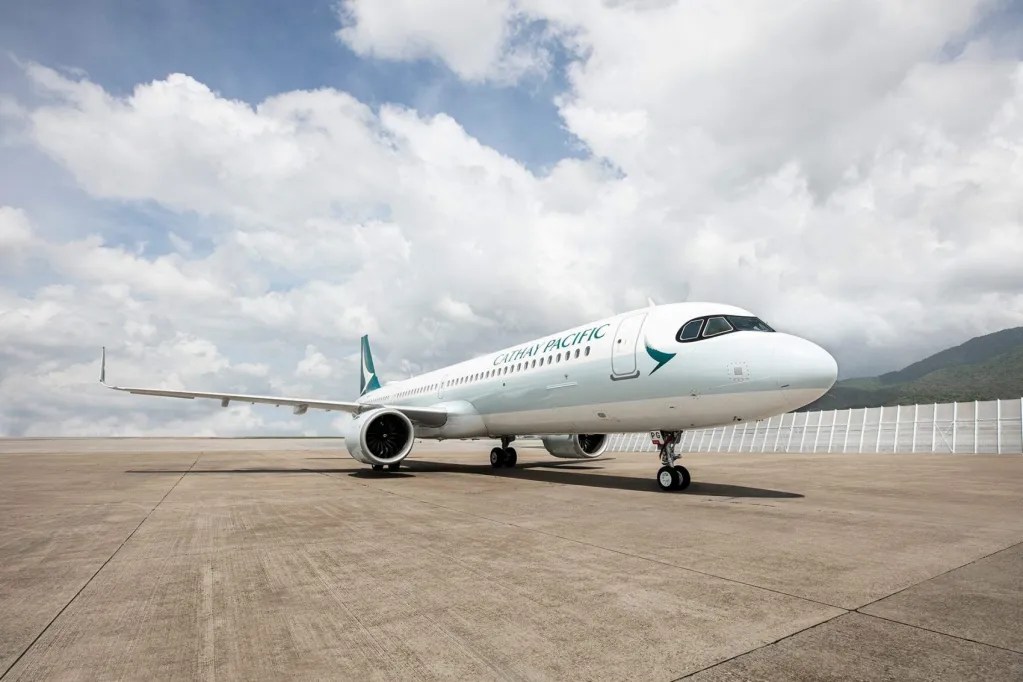
[“Chasing Dreams of the Universe and Asking the Sky—China’s Manned Space Engineering Achievement Exhibition” officially opened in Shanghai]
On the morning of December 29, 2023, “Chasing Dreams of the Universe and Asking the Sky—China’s Manned Space Engineering Achievements Exhibition Shanghai Station” opened The ceremony was held at the Shanghai New International Expo Center. This exhibition is co-sponsored by the China Manned Space Engineering Office and the Shanghai Municipal People’s Government, organized by the Shanghai National Defense Science and Technology Industry Office, the Shanghai Pudong New Area People’s Government, and the Shanghai Institute of Aerospace Technology, with support from the China Space Foundation. Xiao Guiyu, Vice Chairman of the Shanghai Municipal Committee of the Chinese People’s Political Consultative Conference and Deputy Secretary of the Party Leadership Group, Zhou Jianping, Academician of the Chinese Academy of Engineering and Chief Designer of China’s Manned Space Program, Ji Qiming, Assistant Director of the China Manned Space Program Office, Vice Chairman (concurrently) of the All-China Women’s Federation and Super Astronaut Wang Yaping, and About 150 representatives from various sectors in Shanghai attended the opening ceremony.
Shanghai New International Expo Center.China, Shanghai, Pudong, 龙阳路2345号邮政编码: 201204, China, People’s Republic of China.

In 1992, China’s manned space project was officially launched. In 2022, the “three-step” strategic mission will be successfully completed and the Chinese space station will be fully completed. It has now officially entered the space station application and development stage. After more than 30 years of continuous struggle of several generations of astronauts, the Chinese nation has historically realized the millennium dream of flying into space, successfully mastered a series of key core technologies, created a brilliant record of 30 battles and 30 victories in major flight missions, and built The important weapon of a great power, whose lifeline is completely in the hands of the Chinese people, has embarked on a manned space development path that is in line with China’s national conditions, has given birth to the great manned space spirit that is included in the spiritual pedigree of the Chinese Communists, and has the ability to develop alongside the world’s aerospace powers. Confidence and ability have added another “milestone” that will shine in the annals of history on the journey of building a powerful aerospace nation and climbing the peak of science and technology, and written a magnificent chapter in the vast universe of using the aerospace dream to support the Chinese dream.

The achievement exhibition is divided into glorious history, brilliant achievements, future prospects and other sections. It comprehensively and systematically reviews the glorious history of self-confidence and self-improvement and struggle to realize dreams over the past thirty years across the entire project. It focuses on displaying the achievements of the Party with Comrade Xi Jinping as the core since the 18th National Congress of the Communist Party of China. The leap-forward development and historic achievements of China’s aerospace industry under the strong leadership of the central government highlight the great political advantages and practical power of adhering to the party’s leadership, adhering to the new national system, and adhering to the development path with Chinese characteristics, and vividly demonstrate the vast number of aerospace personnel. A high-spirited spirit that is especially able to endure hardship, fight, tackle problems, and contribute.
The exhibition is free and open to the public and lasts for 50 days. The main exhibits include a 1:1 model of the space station Tianhe core module, a 1:4 model of the space station assembly, Long March 2F, Long March 7, Long March 5B, and Long March 10. There are also models of launch vehicles, as well as physical objects such as extravehicular space suits, Shenzhou 14 return capsules, environmental control and life support equipment, as well as product models of major future manned lunar landing vehicles such as new-generation manned spacecraft and lunar landers. It is worth mentioning that this exhibition specially displays the space station Mengtian experimental module model developed by Shanghai, flexible solar wings, Shenzhou 12 manned spacecraft voice processing equipment, Shenzhou 7 accompanying satellite and other exhibits, to the Public display of Shanghai’s power in manned spaceflight projects. It is understood that the Shanghai Institute of Aerospace Technology is also responsible for participating in the development of other space station modules, manned spacecraft, cargo spacecraft and Long March 5B launch vehicle and other flight products in the manned space project.
The purpose of holding this exhibition is to better display the achievements of aerospace development, promote the spirit of patriotism, and popularize aerospace science and technology knowledge. During the exhibition period, a number of aerospace science education activities and aerospace culture dissemination activities will also be held to allow the public to further understand manned spaceflight. Participate in supporting manned spaceflight and inspire the public, especially young people, to advocate science, explore the unknown, and pursue their dreams.
Images and visuals are from their Respectives CMS China Manned SpaceCNSA-China National Space Administration

















































































